Posted on 1/3/2014
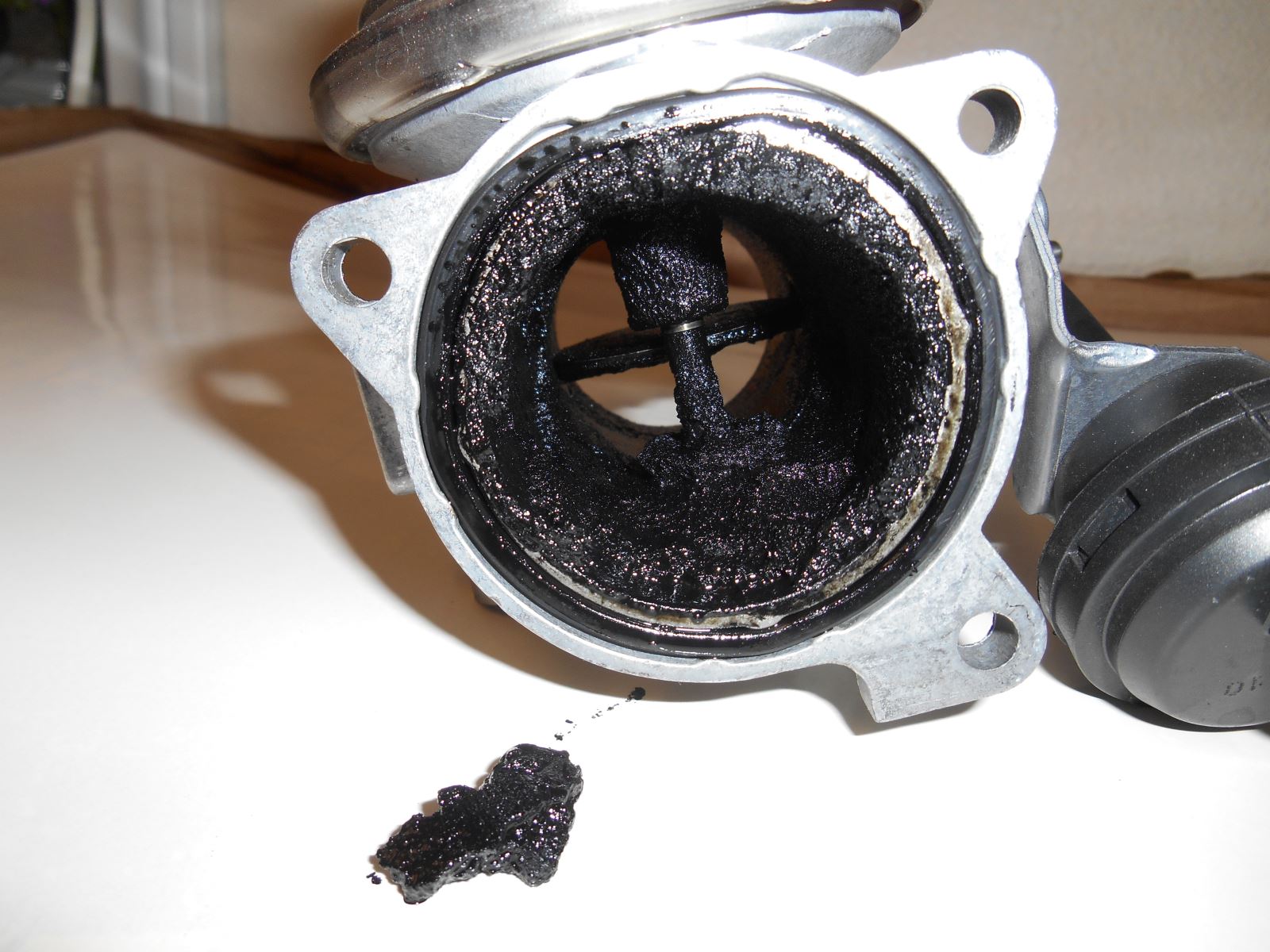
We are running into more and more cases of carbon build up in the throttle bodies and intake manifolds of VW TDIs. This is due to lack of maintenance. If you do not change you oil atthe recommended intervals and do not have a induction service performed regularly, this will most likely happen to your TDI. Oil vapor from the PCV system gets in to the intake manifold and starts building up as carbon. If it is not cleaned out regularly using a induction cleaning machine and induction cleaning chemicals soon the carbon build-up will restrict the air flow to your engine causing a hard start problem when cold, a lack of power, black smoke out the tailpipe and poor fuel economy. In some cases you may also get a Check Engine Light. If you have let your ... read more
Posted on 11/18/2013
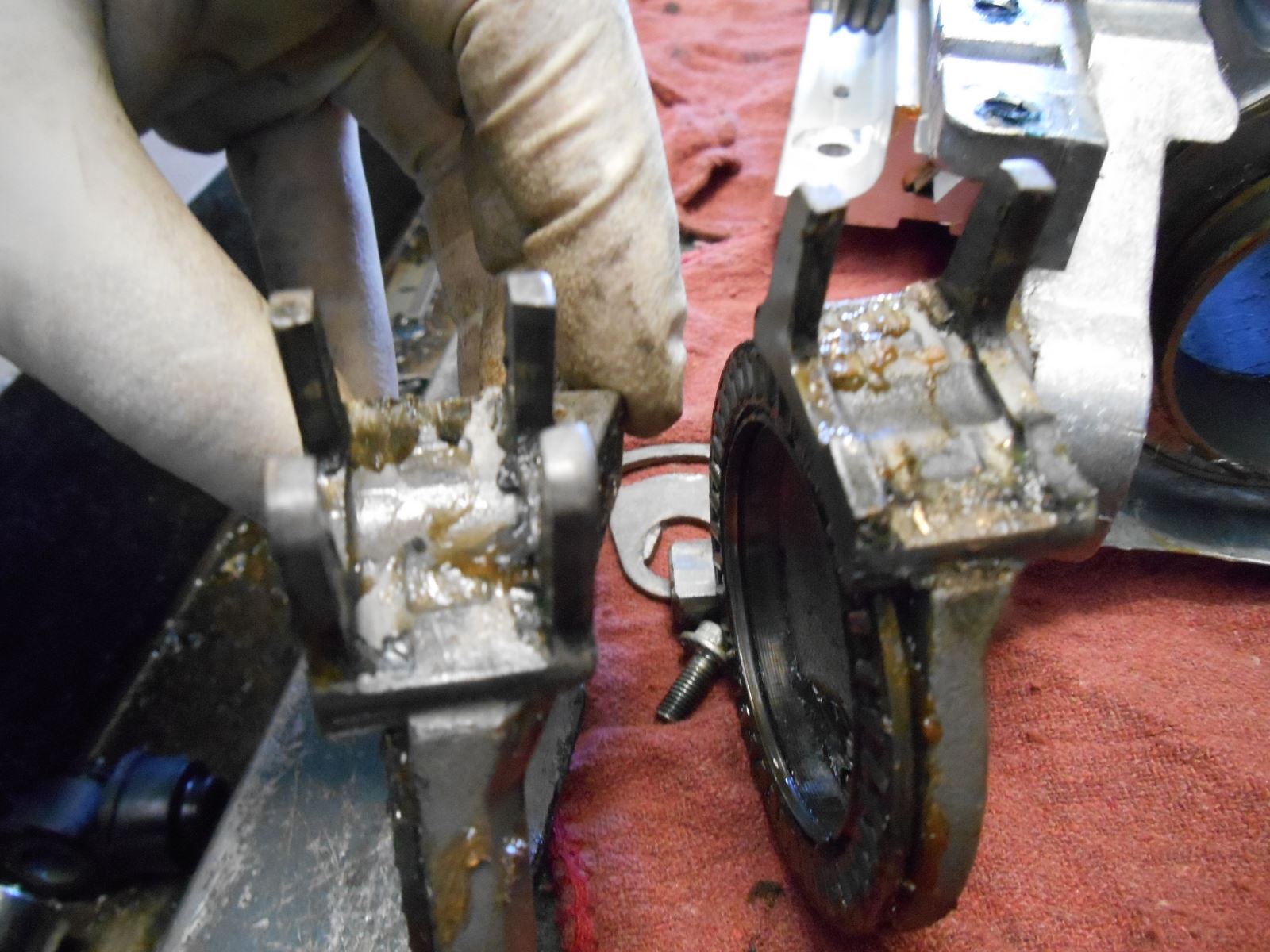
We often have clients bring their Land Rover in becasue the tilt function of their steering column is not longer working. The steering wheel is now in their lap. Below is a series of pictures of what breaks in the Land Rover's steering column. Unfortunately Land Rover only sells the column as a complete unit and it sells for several thousands of dollars. It is also common for the anti-theft module to fail in the column and the key and or steering wheel will lock. The anti-theft module is also an inegral part of the column assembly. So, when ever we have to replace a column for a failing anti-theft module we strip the commonly failing potmetal tilt cams off and use them for repairs on other clients vehicles. The pictures below show us replacng a broken tilt cam salvaged from a column with a failing anit-theft module. If you are experiencing a steerin ... read more
Posted on 11/15/2013

An engine's hot intake valves are magnets for the carbon molecules splitting from fuel and oil vapors that waft up from the oil pan through the positive crankcase ventilation (PCV) system. Over time, the carbon bakes in place, interfering with air flow and preventing the valves from sealing properly. There is an issue with the proliferation of direct injected engines that is slowly creeping up in more and more discussions on message boards these days. Because these engines inject fuel directly into the cylinders, there is no fuel washing over the intake valves. There are detergents in most gasolines that help keep the intake valves clean. With Direct Injection, those detergents are essentially useless. As such carbon builds up on the intake valves and causes problems with Missfires, Check Engine Light and Rough Idle. It's not limited to one manufacturer either. I have seen it ... read more
Posted on 11/14/2013
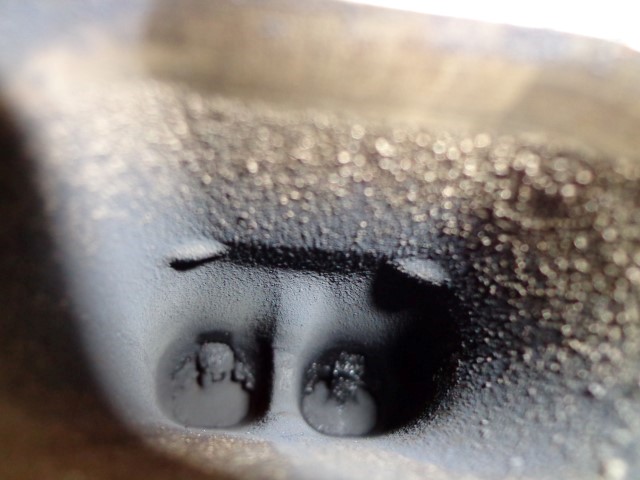
Does you Mini Cooper set a miss fire code or have a flashing check engine light when it starts up cold, in the morning? Usually code(s) P0300, and one or all of the following will set: P0301, P0302, P0303, P0304. It is most likely carbon build up in the intake valves (see picture below). With the advent of direct injection fuel systems, we have seen a epidemic carbon build up issues. With carburetor or convention fuel injection the fuel came in contact with with the intake valves while it is entering the cylinder. The additives in the fuel would help clean the carbon form the intake valve stems. With Direct Injection Fuel Systems the fuel is injected directly into the cylinders, thus leaving the intake valves susceptible to excess carbon build up. The solution: perform an Induction Service every 15,000 miles ... read more
Posted on 11/12/2013
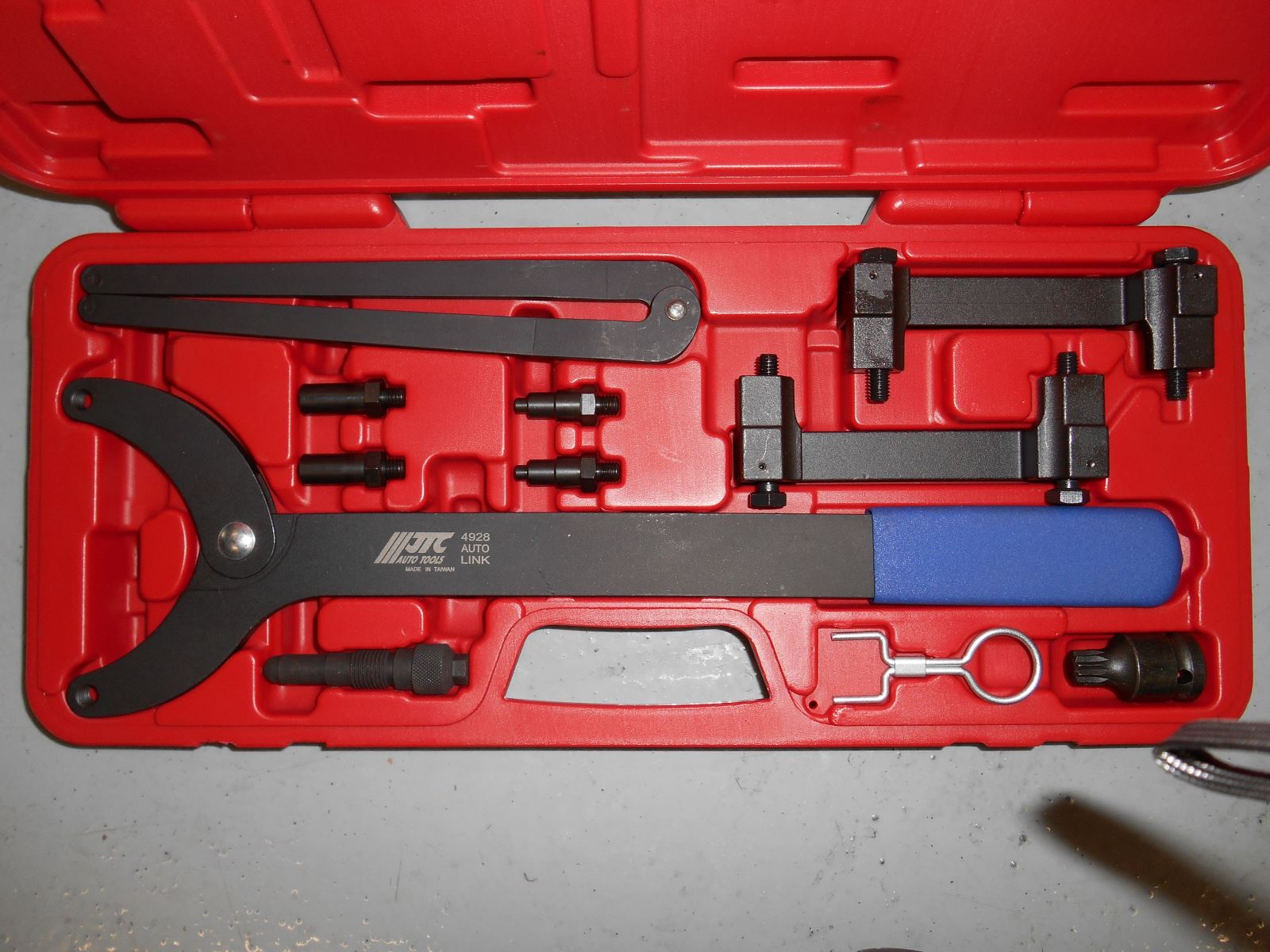
If you own or are repairing a Jetta 2.5L with code p1340 | 17748 be very careful with your testing and repair. Normally the code is set due to failing timing chain tensioner, broken timing chain guides or stretched timing chains. Occasional we run into this code due to a failing camshaft position sensor. But we ran into a strange one today. This VW has been to several other repair shops and has had camshaft and crankshaft position sensor replaced for over $600 with out any luck. The Check Engine Light comes right back on and it continued to idle rough. During the testing at the last shop it stopped running all together. If the steps below were followed the customer could have saved a lot of time and money: P1340/17748 - Crankshaft/Camshaft Position Signals Out of Sequence 1. With a ... read more
Posted on 11/1/2013
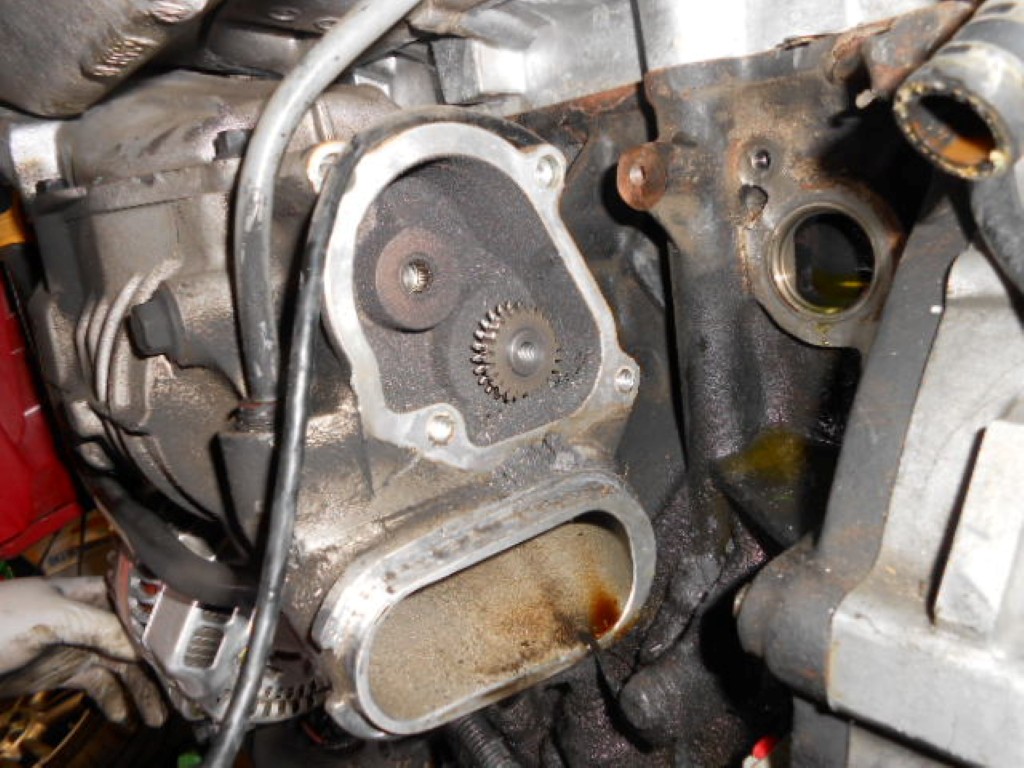
We are running into more and more Mini Cooper S supercharger failures. The supercharger on a Mini Cooper S is belt driven and drives the water pump off the rear of the supercharger. Mini Cooper has no service interval for the replacement of the supercharger oil. We have had many Mini Cooper superchargers fail due to supercharger oil break down or supercharger rear housing leakage. To completely service the supercharger on a Mini Cooper S the water pump must be removed, The supercharger has both a front and rear oil reservoir. The water pump block access to the rear fluid reservoir fill/check hole. To remove the water pump the whole front of the vehicle has to be removed (see picture below). So this IS NOT a do-it-your self type job. We are seeing super chargers failing as early as ... read more
Posted on 9/24/2013
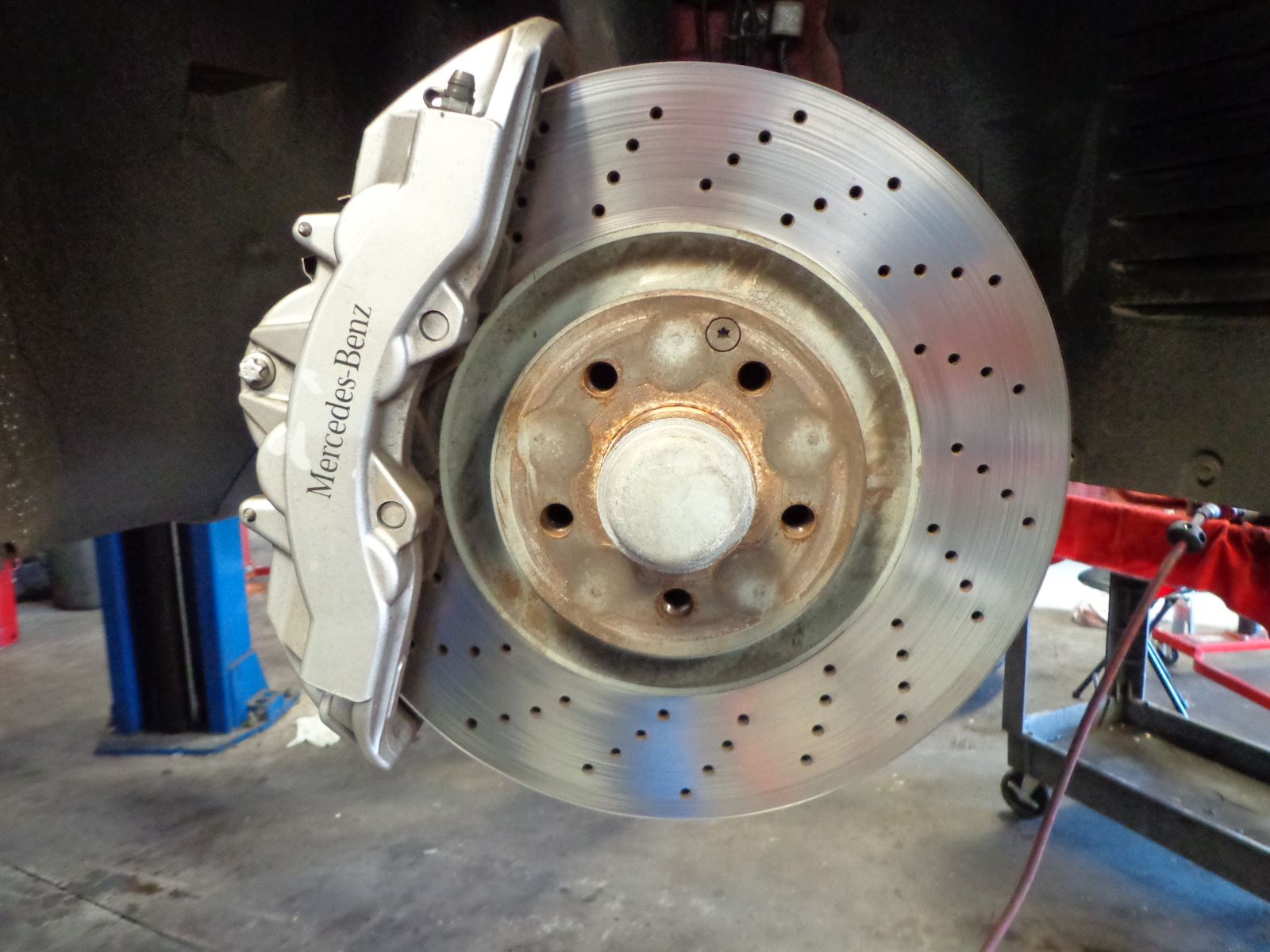
WOW, take a look at the size of those brakes. This 2005 Mercedes Benz SL600 has 15 inch cross drilled, vented rotors, eight piston calipers, four brake pads per caliper. I guess that's what it takes to stop a V12... If you need brake service on your SL600 or any other Mercedes Benz, give us a call. You will be glad you did
Posted on 9/19/2013
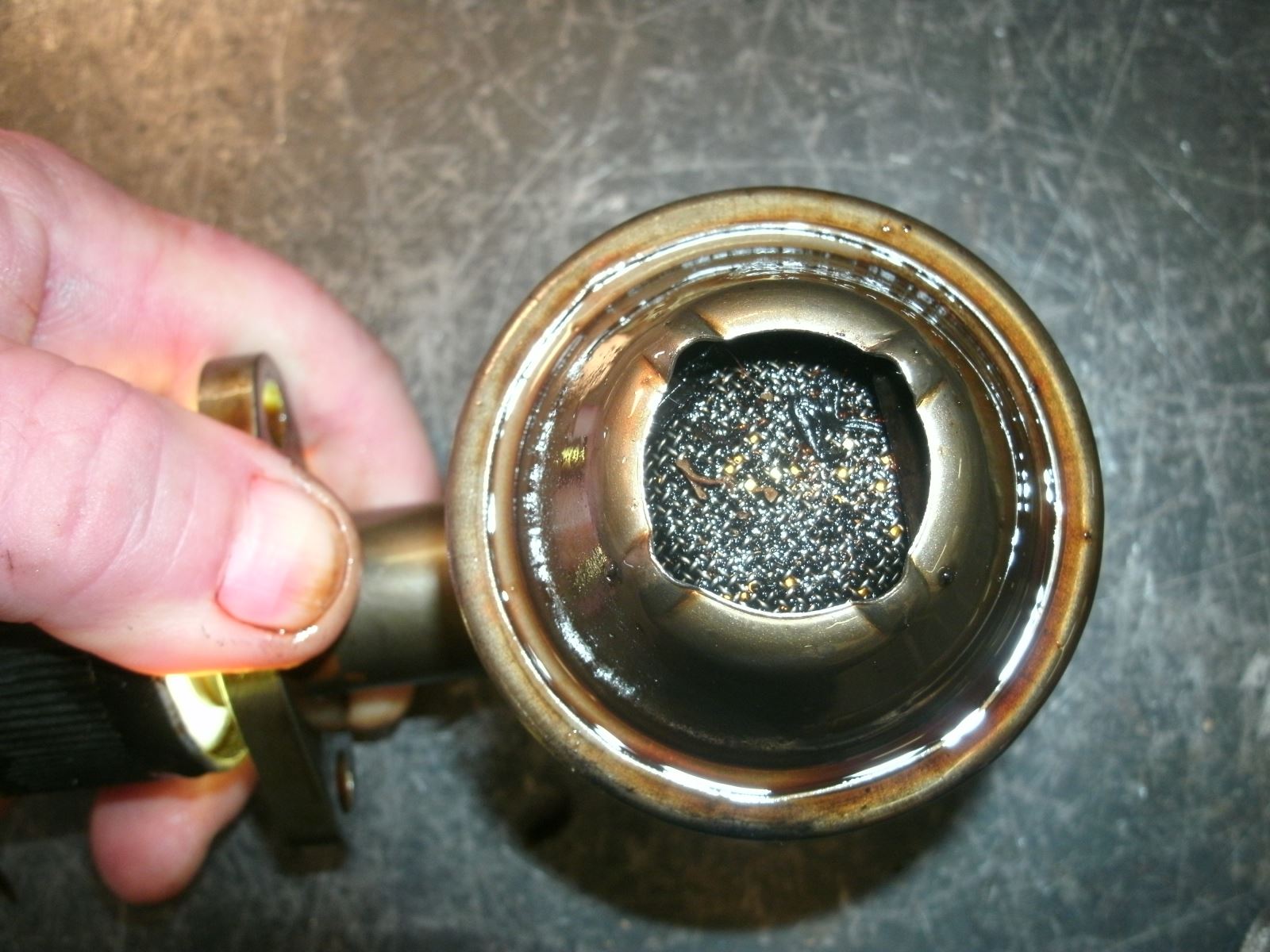
If the Low Oil Pressure indicator come on in you Audi or Volkswagen 1.8Turbo and it tells you to Stop The Car, it is probably a good idea. Here at European Autowerks we have run into this countless times. What most likely has occurred is the engine oil has been baked in the turbo and tuned to carbon. The pieces of carbon have, over time, plugged the oil pump pick-up screen. Unfortunately the oil pump pick up screen is right next to where the oil returns from the turbo. Once this happens no oil system service we have been able to find helps at all. Once the pick-up screen is plugged it is plugged and must be replaced. Replacing an oil pick up screen is not a do-it-your-selfer type job. It is quite a project. In the pictures we provided below, you can see the plugged pick-up screen and the ... read more
Posted on 9/17/2013
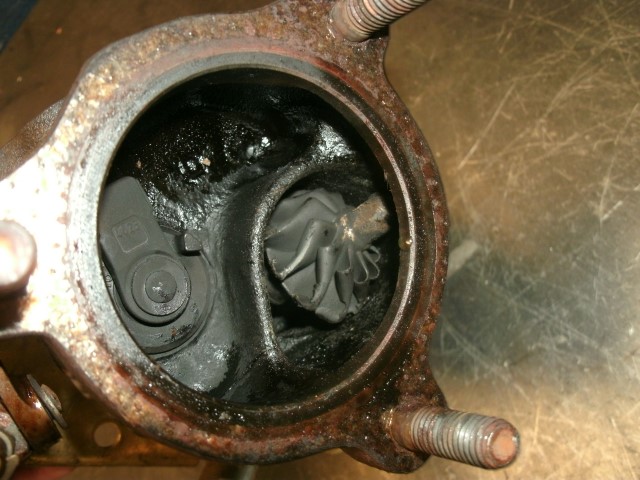
We run into this all the time and if not addressed you will destroy a brand new turbo in 20 miles or less. When the turbo comes apart on an Audi it is very common that the lock nut on the in the intake/intercooler side of the turbo comes off and goes into the intercooler. The impeller blades will stop so fast that they blow the nut off. It is critical that the nut be retrieved. If it is not, it will get sucked or bounce back into the turbo and destroy the impeller and obviously void any warranty on the part. We have heard of this happening many times, even at the Audi and Volkswagen dealerships. Luckily we are smart enough to learn from other's mistakes. Here are some pictures of a 2005 Audi A4 Quattro, the shaft snapped off of the exhaust side of the turbo and the nut on the intake side shot into the bottom of the inter cooler. We had to remove the intercooler and get all of the debris out. If you need Audi service or repair in the Temecula/ Murrieta area just give is a call or swin ... read more
Posted on 9/13/2013
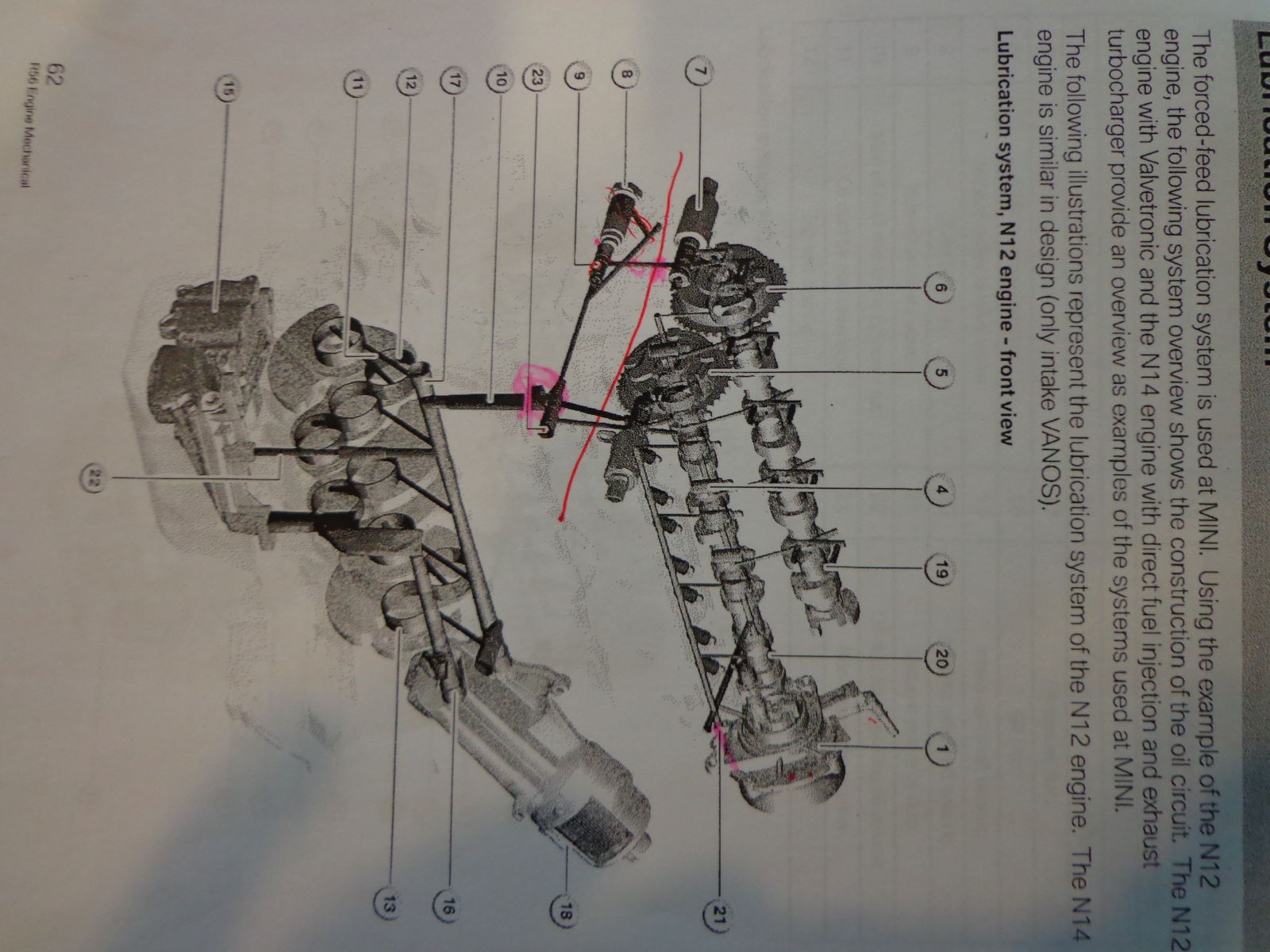
2007 Mini CooperS Code P0012 In almost all cases a code P0012 is either a failing Vanos solenoid valve or to a lesser extent a failing Vanos itself. We have run into this scenario many, many times. But this one had us stumped. We also had what we thought was the normal loud timing chain rattle. We replaced the solenoid and Vanos with known good parts and the code would return almost instantly. We had great oil pressure at the oil pressure sensor in the cylinder head. We removed the front cam cap just behind the Vanos and found that the cam bearing had oil but the channel to the Vanos was dry. After getting a copy of the oiling diagram it was clear what the problem was. The non-return check valve in the cylinder head was stuck shut and starving the Vanos for oil. That passage also feeds the timing chain tentioner but oil passages for the lifters and cam bearing branches off before the non-return check valve. We replaced the non-return check valve a ... read more